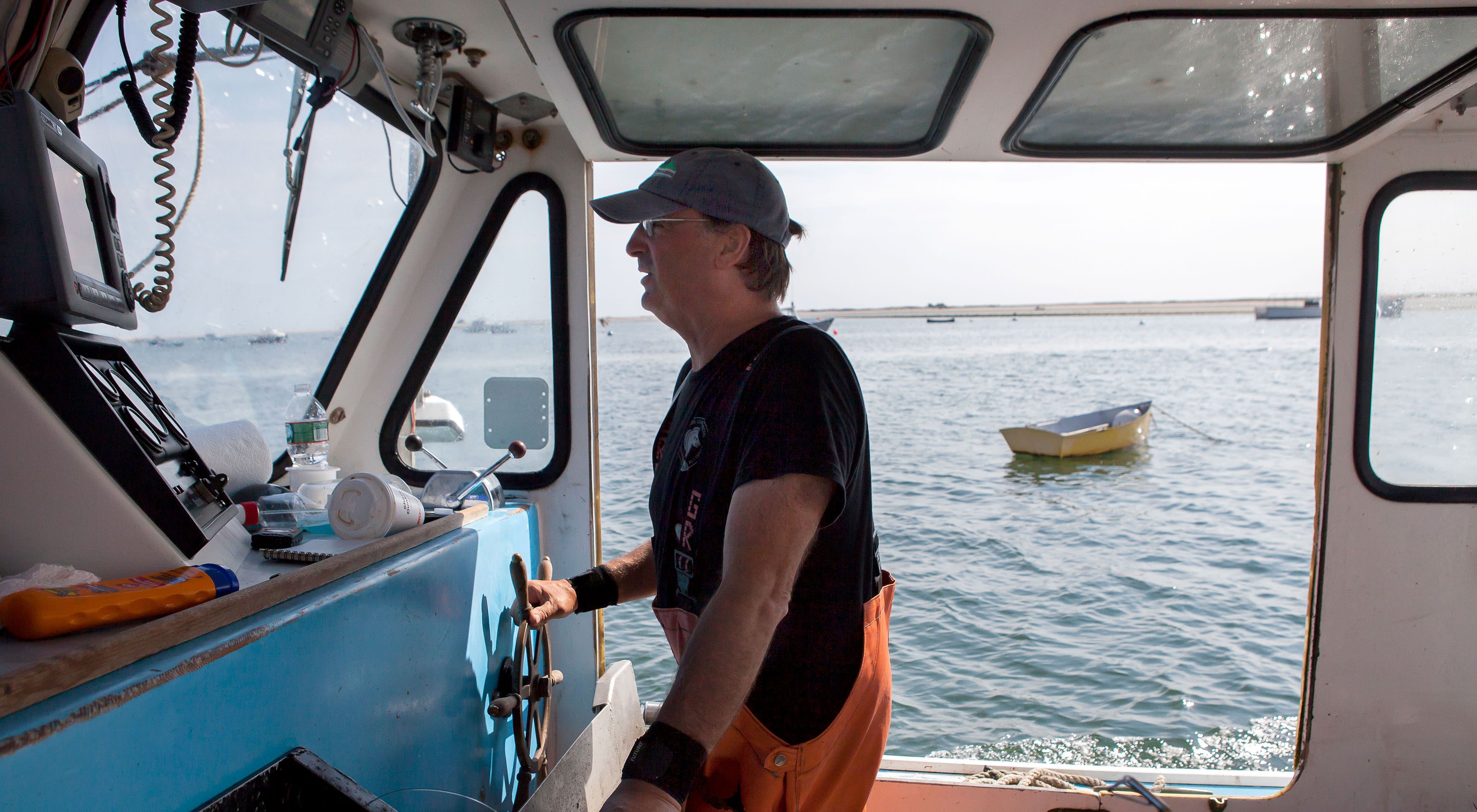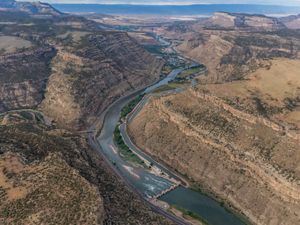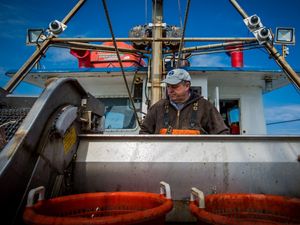We can’t manage what we can’t measure, and setting appropriate catch limits and keeping track of fish harvests are key to building sustainable, profitable fisheries. Unfortunately, this is neither easy nor cheap. The good news is that electronic monitoring and reporting technology are demonstrating effective and cost-effective new ways to collect this critical data.
The Opportunity
Without timely and accurate data, sustainable fisheries management solutions are often out of reach. U.S. fishery information systems are largely inefficient and managed using outdated technology. In recent years, congressional support has enabled the National Oceanic and Atmospheric Administration (NOAA) and diverse public and private partners to begin to turn these problems around.
Most fishery management systems rely on self-reported logbook data that include locations, time spent fishing and number and species caught and discarded. Until recently, onboard human observers have been the only option to validate logbook data. But data from observers can be inaccurate for multiple reasons, and these approaches are very expensive to scale up to adequately cover fishing fleets.
How Video is Helping New England Fishermen
EM provides fishermen with better data for making sound fisheries management decisions.
Read MoreElectronic monitoring (EM) uses onboard cameras to provide fishery management agencies with verifiable data on catch composition, discards and fishing locations, as well as the amount of time spent fishing. Additionally, EM data can give managers confidence to extend fishing seasons and increase access to areas formerly closed to fishing. Fishermen who have transitioned to EM systems have said they appreciate the relief from the logistical and safety challenges that arise when accommodating observers on already-cramped vessels.
Electronic reporting (ER) replaces paper-based systems by enabling recreational and commercial fishermen to enter data into computer or smartphone apps and then share those data quickly with multiple parties, including management agencies.
What's At Stake
How Congress Can Help
In recent years, Congress supported two important grant programs that are empowering fishing communities, managers, scientists and partners in all fishery management regions to tackle these data collection and management challenges. The demand for these grants exceeds available funding. By providing a modest increase to NOAA’s fisheries and ecosystem science programs and services budget line, Congress can expand the use of electronic monitoring and reporting into more commercial and recreational fisheries across the nation.
National Fish and Wildlife Grants for EM and ER—increase by $3.5 million. These grants have enabled fishing communities and partners to develop and begin implementing electronic monitoring and reporting systems that meet the needs of their fisheries. This funding has been critical in helping fisheries design programs, test approaches and improve processes, and it has accelerated the transition to full implementation. Begun in 2015, these grants have quickly shown results. But with the current level of funding, and at a time when interest in these efforts is growing, the National Fish and Wildlife Foundation can only fund approximately half of the high-quality applications it receives. These highly competitive grants are matched with non-federal matching funds and leverage the expertise of fishing communities, the private sector and government through partnership efforts.
Fishery Information Systems Grants—increase by $5.2 million. This grant program brings together federal and state fishery scientists and managers with fishing communities, the private sector, academics and other partners to improve access to comprehensive, timely and accurate fisheries information. Funded projects have enabled streamlining of data collection, integration into science and management efforts and back-end improvements by NOAA to modernize outdated data systems and processes. Additional funding is needed so NOAA and partners can accelerate the pace and scale of fishery data system modernization to provide cost-effective and sustainable management of the nation’s fisheries. The competitive nature of these grants ensures that funded projects are high quality and aligned closely with national, regional and local community needs.
Quote: Greg Walinski
EM shows everything, which, for my fishery, is a good thing. I’d like to continue with EM and feel like it should be expanded throughout the fleet because the video tells no lies.



